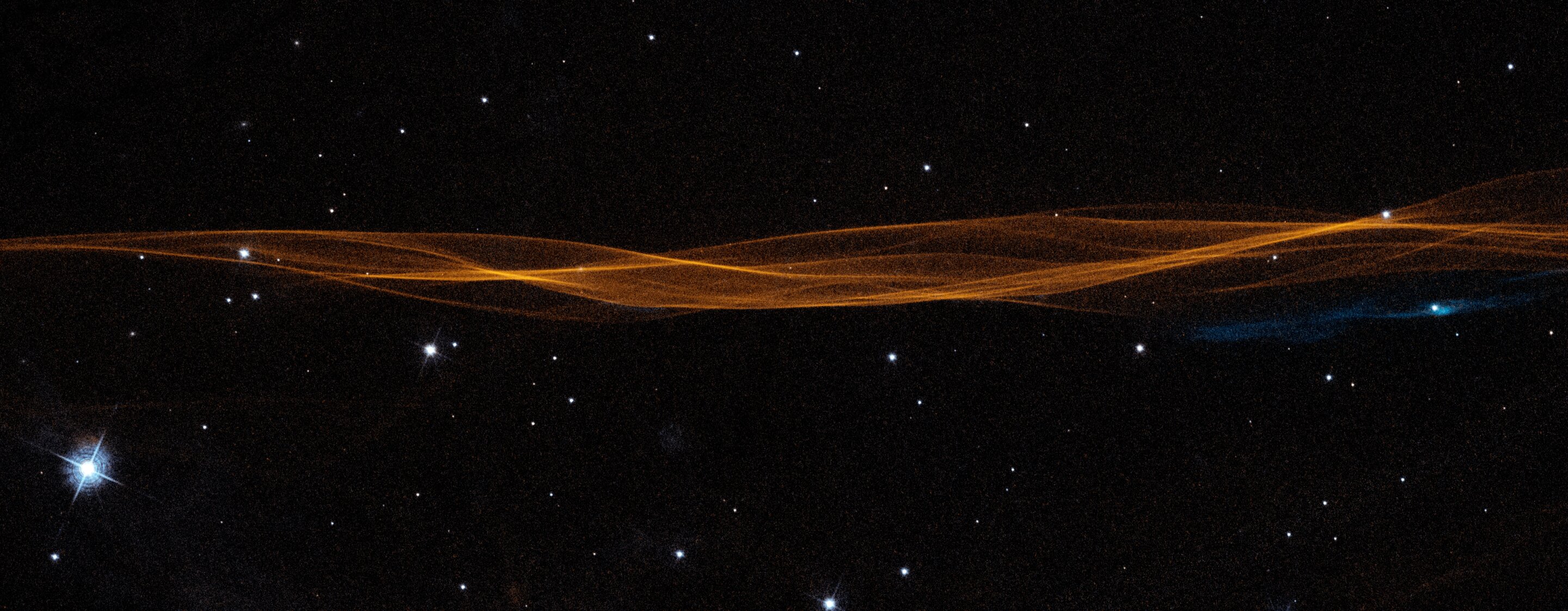https://phys.org/news/2023-09-world-3d- ... ysics.html
by ASIAA
After years of dedicated research and over 5 million supercomputer computing hours, a team has created the world's first high-resolution 3D radiation hydrodynamics simulations for exotic supernovae. This work is reported in The Astrophysical Journal.
Ke-Jung Chen at Academia Sinica Institute of Astronomy and Astrophysics (ASIAA) in Taiwan, led an international team and used the powerful supercomputers from the Lawrence Berkeley National Laboratory and the National Astronomical Observatory of Japan to make the breakthrough.
Supernova explosions are the most spectacular endings for massive stars, as they conclude their life cycles in a self-destructive manner, instantaneously releasing brightness equivalent to billions of suns, illuminating the entire universe.
During this explosion, heavy elements formed within the star are also ejected, laying the foundation for the birth of new stars and planets and playing a crucial role in the origin of life.
Supernovae are a key interest in modern astrophysics, encompassing numerous important astronomical and physical issues in both theory and observation, holding significant research value.
Over the past half-century, research has provided a relatively comprehensive understanding of supernovae. However, the latest large-scale supernova survey observations are revealing many unusual stellar explosions (exotic supernovae) that challenge and overturn previously established understanding of supernova physics.
